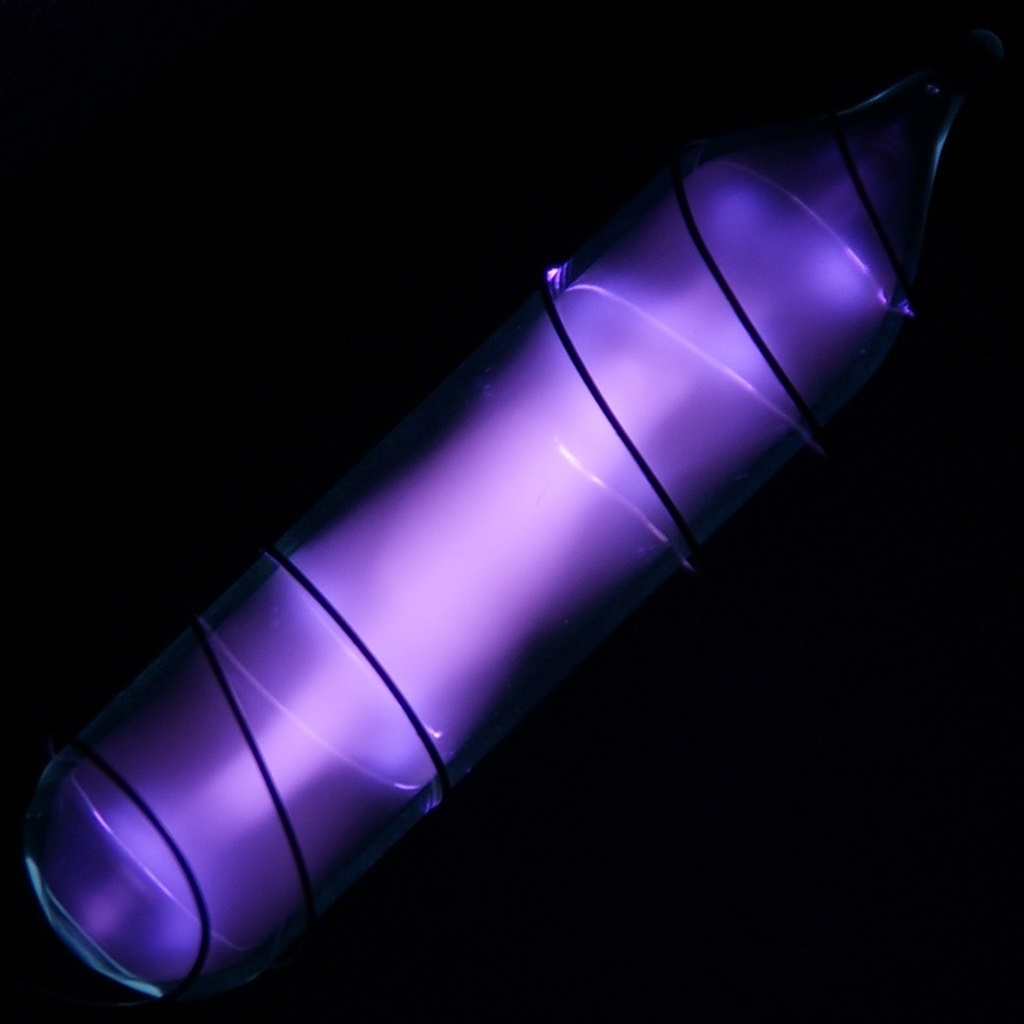Oksygen
8
O
Gruppe
16
Periode
2
Blokk
p
Protoner
Elektroner
Nøytroner
8
8
8
Generelle egenskaper
Atomnummer
8
Atomvekt
15,9994
Massetall
16
Kategori
Ikke-metaller
Farge
Fargeløs
Radioaktiv
Nei
From the Greek word oxys, acid, and genes, forming
Krystallstruktur
Basesentrert monoklin
Historie
Carl Wilhelm Scheele obtained oxygen by heating mercuric oxide and nitrates in 1771, but did not publish his findings until 1777.
Joseph Priestley also prepared this new air by 1774.
The name oxygen was coined in 1777 by Antoine Lavoisier, whose experiments with oxygen helped to discredit the then-popular phlogiston theory of combustion and corrosion.
Joseph Priestley also prepared this new air by 1774.
The name oxygen was coined in 1777 by Antoine Lavoisier, whose experiments with oxygen helped to discredit the then-popular phlogiston theory of combustion and corrosion.
Elektroner per energinivå
2, 6
Elektronkonfigurasjon
[He] 2s2 2p4
Green and red colors in the Aurora Borealis are caused by oxygen atoms
Fysikalske egenskaper
Fase
Gass
Tetthet
0,001429 g/cm3
Smeltepunkt
54,36 K | -218,79 °C | -361,82 °F
Kokepunkt
90,2 K | -182,95 °C | -297,31 °F
Smeltevarme
0,222 kJ/mol
Fordampningsvarme
3,41 kJ/mol
Spesifikk varmekapasitet
0,918 J/g·K
Forekomst i jordskorpa
46%
Forekomst i universet
1%

CAS-nummer
7782-44-7
PubChem Sammensatt identifikasjonsnummer (CID-nummer)
977
Atomegenskaper
Atomradius
48 pm
Kovalent radius
66 pm
Elektronegativitet
3,44 (Pauling-skalaen)
Ioniseringsenergi
13,6181 eV
Molart volum
14,0 cm3/mol
Termisk ledningsevne
0,0002674 W/cm·K
Oksidasjonstilstander
-2, -1, 1, 2
Bruksområder
Pure oxygen is frequently used to help breathing in patients with respiratory ailments.
Oxygen is used in oxyacetylene welding, as an oxidant for rocket fuel, and in methanol and ethylene oxide production.
It is also used in the production of steel, plastics and textiles.
Plants and animals rely on oxygen for respiration.
Oxygen is used in oxyacetylene welding, as an oxidant for rocket fuel, and in methanol and ethylene oxide production.
It is also used in the production of steel, plastics and textiles.
Plants and animals rely on oxygen for respiration.
Oxygen gas can be toxic at elevated partial pressures, leading to convulsions and other health problems
Isotoper
Stabile isotoper
16O, 17O, 18OUstabile isotoper
12O, 13O, 14O, 15O, 19O, 20O, 21O, 22O, 23O, 24O, 25O, 26O, 27O, 28O